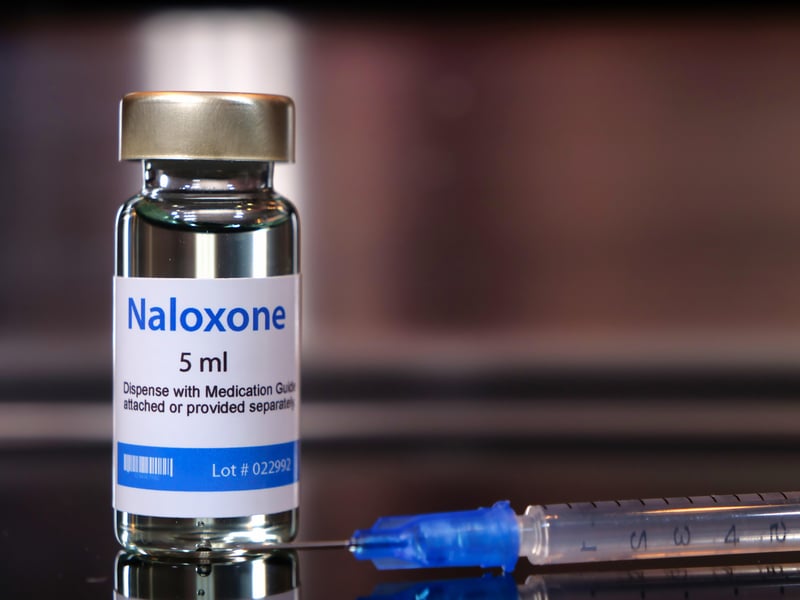(330) 876-1228
8507 Main StreetKinsman, OH 44428
(330) 876-1229

Contrary to concerns, wider availability of naloxone treatment is not increasing heroin use among U.S. teens, new research finds.
Naloxone (Narcan) quickly reverses an overdose from opioids like heroin, fentanyl, morphine and oxycodone (OxyContin). There had been some worry that expanding access to naloxone might inadvertently promote high-risk substance use among young people. However, the study of more than 900,000 teens found that is not the case.
"Findings from our research do not support the hypothesis that broader availability of naloxone between the years studied of 2007 to 2019 increased heroin use or injection drug use among adolescents and suggest that increased adolescent drug use as an unintended consequence of naloxone availability is an unfounded concern,"said first author Emilie Bruzelius, a doctoral student at Columbia Mailman School in New York City.
By 2019, all U.S. states had legislation to improve naloxone access and encourage its use.
"Because most opioid overdose deaths are preventable, its timely administration has lifesaving potential to restore normal breathing and prevent death, and broadening access to naloxone is a key component of the U.S. opioid overdose epidemic response,"Bruzelius said in a school news release.
Despite concerns, naloxone access and pharmacy naloxone distribution were actually more consistently associated with decreases in heroin and injection drug use among teenagers, the researchers found.
People who use nonmedical opioids and heroin typically start in adolescence and early adulthood. To study this age group, researchers used data from the national Youth Risk Behavior Surveillance System, analyzing responses from 920,000 students ages 15 to 18.
From 2007 to 2019, all but three states participated in the survey. Those that did not were Oregon, Washington and Minnesota.
The researchers looked at state-level naloxone adoption. They also analyzed retail transactions involving naloxone using a prescription database that captures about 92% of U.S. retail pharmacies.
Of the teens, 2.75% reported heroin use during their lifetime. Researchers found a small decrease in heroin use over the period: prevalence was 2.72% in 2007 and decreased to 2.27% in 2019. Lifetime injection drug use remained stable at 2.48% in 2007 and 2.65% in 2019.
"Given the limited magnitude of both associations, we interpreted these results as failing to provide meaningful support for the risk compensation hypothesis,"Bruzelius said. "However, we do realize that heroin use and IDU [injection drug use] are generally rare outcomes that are often underreported given their stigmatizing nature."
Although naloxone is a valuable tool to reduce opioid overdose deaths, access remains low in many places, according to the study.
"Efforts to improve naloxone access should continue to be an urgent public health priority, including among adolescents who represent an increasingly vulnerable population at risk for fatal and nonfatal overdose,"said co-author Dr. Silvia Martins, a Columbia Mailman School professor of epidemiology.
"As a critical public health measure, we urge further removal of naloxone access barriers. Given that the overdose epidemic continues to affect our nation as a whole, this is an important priority not only for adolescents but people of all ages,"Martins said in the release.
The study findings were published online recently in the International Journal of Drug Policy. The study was supported by the U.S. National Institutes of Health and U.S. National Institute on Drug Abuse.
More information
The U.S. National Institute on Drug Abuse has more on naloxone.
SOURCE: Columbia University Mailman School of Public Health, news release, March 6, 2023
